AudioCulture
The noisy library of New Zealand music
Te pātaka korihi o ngā puoro o Aotearoa
Kimbra
aka Kimbra Lee Johnson
Kimbra successfully used this attention to shine light on her own songs, placing her own album in the Top 40 of the US charts and having a run of tracks that did huge numbers online.
Nothing in Kimbra’s family background pointed towards the musical success story she would become. Her father worked as a doctor, her mother a nurse. They were music fans but didn’t try to push her in that direction. Instead, it was Kimbra Lee Johnson herself who began singing songs into a Dictaphone at eight years old and discovered her lifelong passion for songwriting.
Starting Young
Kimbra had her first public gig at nine years old, performing at the JBC (now Nivara Lounge) in her hometown of Hamilton. By the following year, she was picked to sing in front of a large audience at the Waikato Times Gold Cup, a horse racing event.
At 11 years old, Kimbra was given her own short slot on children’s TV show, What Now?, where she explored the process of becoming a pop star. This involved having a lesson with a professional vocal coach, talking songwriting with Anika Moa, and visiting a ZM radio studio. Best of all, she was given the chance to pick one of her own songs (she now had a notebook full of them) to record with Rikki Morris and Stephen Small at Devonport studio, The Bus. The resulting song, ‘Smile’, was then turned into a music video.
In her second year of Berkley Normal Middle School (a Hamilton intermediate) the school hosted a tutor sent by the NZ Music Commission – Chris Diprose, a local hardcore musician who ran his own studio, Dudley Studios. Kimbra already had her own group, Solitude, and Diprose’s visit gave her another chance to try recording one of her own songs (even adding a confident harmony to her own main vocal).
Her father bought her a guitar and she began coming up with chords to go with all the lyrics she’d written. Kimbra’s notoriety was spreading and while still only 12 years old she was given the opportunity to sing the national anthem at the final of the NPC rugby competition in front of a crowd of 27,000.
Kimbra attended Hillcrest High School and came second in the Rockquest finals during her second year there – she also made the final six the following year. She won a national award for women’s musicianship, which gave her mentoring sessions with Anika Moa and Anna Coddington.
Kimbra released her first single, ‘Deep For You’, at age 16 under her full name, Kimbra Johnson.
Her vocal range expanded through her involvement in Scat, the school jazz choir, and guitar lessons led her to more interesting chord progressions, especially jazz inversions and 7th/9th chords that became a central part of her early sound. She borrowed the school’s Boss 8-track recorder to practise building a song from the ground up by recording each part in turn.
Kimbra released her first single, ‘Deep For You’, at age 16 under her full name, Kimbra Johnson. It was a fairly standard mid-tempo, guitar-driven pop song, though it sounded as polished as any other track you might hear on commercial radio at the time.
Her second single, ‘Simply On My Lips’, pushed her career forward, helped along by a quirky video by a young Joel Kefali (who went on to be an award-winning music video maker). Kefali’s drawings spread up the wall behind her, while Kimbra sat in the foreground playing subtly jazz-influenced chords and delivering a warm, soulful vocal. It won the best breakthrough category at the awards held by Juice TV.
The song reached the ears of Mark Richardson, an experienced music industry veteran who’d worked in the UK for over two decades. He helped a young Jamiroquai get his career started and he had worked with many big stars, but had become disillusioned with the narrow-minded nature of the UK scene. He moved to Melbourne and started his own label, Forum 5. Within a week of discovering Kimbra’s music, he flew to New Zealand to see her perform and signed a management deal with her soon after.
In 2008, Kimbra performed at Christian music festival Parachute, and then relocated to Melbourne to work on her first single for Forum 5. The same year she also appeared on her first hit – singing a guest vocal on the chorus of Nesian Mystik song, ‘Mr Mista’, which reached No.3 on the New Zealand charts.
In Melbourne, Kimbra began working on her debut album, recording basic tracks at home and then bringing them to completion in the studio with Australian music engineer François Tétaz. The first single ‘Settle Down’ was one that Kimbra wrote as an a cappella experiment on her school’s 8-track. She’d layered up vocals in a doo-wop style, though didn’t get as far as writing the chorus.
The final version gained pace with the introduction of an odd clapping rhythm and then a fully-fledged beat created by pop producer M-Phazes.The song initially had no chart impact but was picked up by celebrity blogger Perez Hilton, who wrote: “If you like Nina Simone, Florence & the Machine and/or Björk, then we think you will enjoy Kimbra – her music reminds us of all those fierce ladies!”
The Nina Simone reference was fitting, since Kimbra would cover Simone’s song ‘Plain Gold Ring’ on her album; so was the mention of Björk since Kimbra also had a quirky side.
There was a retro-influence to her look and her sound. Her songs often centred around her jazzy vocals that were matched with licks of trumpet or scat backing vocals, while her hair had pronounced bangs at the front and a surreal amount of volume on either side.
However these retro elements were matched with a contemporary production and she emphasised herself as an artist who could move across genres by appearing on a club hit by Australian band Miami Horror (‘I Look At You’) and later releasing an EP of remixes of songs from her subsequent album.
In the meantime, Kimbra had signed to Warner Music Australia (in June 2010), which meant her music would be promoted on both sides of the Tasman and she would also have the potential of releases further afield if her career started to pick up. Richardson stayed on as her manager, though he closed his label Forum 5 around this time.
Kimbra gained more acclaim when her song ‘Cameo Lover’ won the Vanda and Young Songwriting Competition in July 2011. One of the songs she beat out was ‘Somebody That I Used To Know’ by Gotye (it came third), though she featured on that song too.
The Breakthrough
When Gotye (Wouter De Backer) came to record ‘Somebody That I Used To Know’, he was let down by a local female pop singer who had promised to sing on it. His engineer happened to be François Tétaz, who immediately suggested Kimbra, the young singer from New Zealand he’d been working with.
Kimbra’s recording with gotye would change her life forever.
Gotye had written the song over a loop taken from a song by Brazilian musician Luiz Bonfa, so the intriguing rhythm fitted well with Kimbra’s style. Nonetheless she kept her vocals moderately restrained in the verses (in keeping with the song’s low-key mood) and then played off Gotye nicely in the evocative shared chorus.
Kimbra expected little from her involvement – after all, Gotye had just turned up with a microphone to record her part at her house. Instead it was a mind-blowing success and would change her life forever.
‘Somebody That I Used To Know’ reached No.1 in Australia in August 2011, then a few weeks later took the top spot in New Zealand. In the meantime, the song began to make waves across the world, hitting No.1 in Belgium (Gotye was part-Belgian) and the Netherlands. By January, it had blown away expectations by topping the UK charts, but more was yet to come.
The song had started out the new year at the tail end of the US charts – No.96 – and it was popular enough that the pair were asked to appear on Jimmy Kimmel Live!. Kimbra was in the middle of the Big Day Out festival tour, so as soon as she left the stage in Melbourne she headed straight to the airport and flew to Los Angeles to do the live taping. Then she immediately headed back to Australia, arriving in Adelaide just an hour before she was due onstage at the Big Day Out there. This was one example among many of the hard work Kimbra was willing to put in to make the most of new opportunities she was being offered.
The song crept further up the US charts, but it wasn’t until April that it received the final push it needed when it was sung by two core characters on Glee and then given a stirring rendition by a contestant on American Idol. Kimbra and Gotye also performed it on Saturday Night Live and at Coachella music and arts festival. It hit No.1 in the US and stayed there for eight weeks, eventually spending over a year on the Billboard 100.
Kimbra had become the first born-and-bred New Zealander to ever reach the top of the Billboard Hot 100, given that Crowded House’s ‘Don’t Dream It’s Over’ only reached No.2 and OMC’s ‘How Bizarre’ was never released as a physical single so was ineligible for the Billboard Hot 100. (Almost qualifying in 1976 was English-born singer Chris Thompson, who spent his youth in Hamilton before returning to England to join Manfred Mann’s Earth Band, and he subsequently fronted their US No.1 single ‘Blinded By The Light’).
A second landmark event took place when ‘Somebody That I Used To Know’ was awarded record of the year at the Grammy Awards – the icing on the cake was being presented with the trophy by Prince, an artist she revered. The song also won the Grammy for best pop duo/group performance.
While Kimbra could only take a small amount of credit for the success of ‘Somebody That I Used To Know’, it was her hard work that would make this single into a career-changer. She already had an album ready to go, with tracks she had lovingly crafted over the past four years.
Her album, Vows (2011), came out soon after ‘Somebody That I Used To Know’ topped the charts in Australia. This burst of interest in Kimbra helped her album reach No.4 in Australia, while in New Zealand it spent a full year on the charts and hit a peak of No.3. She was also given the critic’s choice award at the NZ Music Awards.
‘Somebody That I Used To Know’ would reach 1.3 billion views on YouTube.
Her song ‘Settle Down’ gained a new life, entering the Top 40 and – better yet – picking up three million YouTube views within the space of a few months. In the longer term, ‘Somebody That I Used To Know’ would reach 1.3 billion views on YouTube and ‘Settle Down’ would rack up a less substantial, but still mind-blowing figure of 41 million views (not to mention over 20 million streams).
Fortunately, Vows was packed with great songs, even more so once it was repackaged with an extra six tracks for the US market (while a few older ones were dropped). One fan favourite was ‘Cameo Lover’, which also had production from hit maker M-Phazes (as had ‘Settle Down’). Newer tracks like ‘Come Into My Head’ showed Kimbra moving toward bigger beats and with less jazz influence.
Kimbra had also collaborated with Mark Foster (Foster the People) and star DJ A-Trak to create ‘Warrior’ for Converse’s Three Artists, One Song series. She had tonsillitis when Foster gave her the track to sing, but struggled through with a grating voice to put down a vocal using her laptop.
The tracks reached her fans across the world digitally and racked up tens of millions more views and streams (‘Cameo Lover’ has 21 million views on YouTube alone) and this helped Vows to reach No.14 on the US album chart (the Billboard 200). She toured relentlessly over this period, often with a small trio of backing musicians – Timor Martin, an old friend from Hamilton, on guitar, Benjamin Davy on keyboards, and Stevie McQuinn Jnr on drums/drumpads (McQuinn was known in New Zealand for being half of hip hop duo Misfits of Science, who hit No.1 in 2014 with ‘Fools Love’).
Kimbra’s remarkable achievement was lauded with a run of awards back in Australasia in 2012, which stretched beyond those related to ‘Somebody That I Used To Know.’ At the ARIA awards in Australia, she won best female artist. She also won this category in New Zealand, along with the international achievement award and breakthrough artist of the year.
Riding the Wave
Kimbra was now a regular presence on the US live scene and she relocated to Silver Lake, Los Angeles. She also leveraged her new found fame toward the public good by becoming an ambassador for So They Can, a grassroots charity creating education opportunities in Kenya and Tanzania.
When it came time to start pre-production on her next album, she spent a few months recording basic tracks in her own bedroom on Pro Tools, before moving the sessions to Eldorado Studios in Burbank with sound engineer Rich Costley, who had worked with Muse and Foster the People.
At the start of the year, she played a concert doing songs by Van Dyke Parks alongside Australian singer Daniel Johns (Silverchair and co-writer of many pop hits). Kimbra got along with Johns well enough that she decided to try writing a few songs with him. It led to three tracks on her subsequent album, most notably the single ‘Miracle.’
Kimbra also worked with superstar R&B singer John Legend. She was one of 11 co-writers of his song ‘Made to Love’ and her vocals appear prominently in the chorus and breakdown. The song appeared on the album Love In The Future, which reached No.4 in the US in 2013. Legend reciprocated by helping co-write Kimbra’s song ‘Nobody But You’.
It certainly wasn’t an album of easy-listening background music.
Genre-breaking bassist Thundercat (Stephen Bruner) also had input on many tracks, most notably writing the riff that underpinned ‘Madhouse’. He introduced Kimbra to the exceptional keyboards player Taylor Graves, who not only added synth parts but became a regular touring member of her band. Muse’s Matt Bellamy and Omar Rodriguez (The Mars Volta) also played on the album. When Kimbra wanted live drums, she called in the man who played on Michael Jackson’s Off The Wall album, John JR Robinson, and when she needed string parts she hired Van Dyke Parks to arrange them (eg, ‘As You Are’).
These various influences made The Golden Echo (2014) an eclectic album and ensured that Kimbra would be seen as a pop artist with a strong experimental edge to her music. It certainly wasn’t an album of easy-listening background music. The musical complexity led to a varied critical reception with some believing its fusing together of disparate elements was inspired (Magnet Magazine in the US gave it four stars, as did Allmusic), while a few naysayers saw it as “overstuffed” (Pitchfork gave it only 4.3 out of 10).
Billboard said lead single ‘90s Music’ was captivating, with its multiple layers of sound, though it was the funky love song ‘Miracle’ that became the most enduring track off the album (dipping into the Top 40 in Japan) and it helped the album to reach No.5 on both sides of the Tasman, with a solid showing on the US album chart at No.43.
Reinvention
Kimbra now found she needed a change of scene and moved to New York in 2015. Just prior to the move, Kimbra visited Ethiopia as part of her work with Tirzah – an organisation that focuses on helping women in poor communities across the world, with a particular focus on women with HIV and their children. The trip made her want to make music that was a lot more direct, which also influenced her move away from the glitz of Los Angeles. Kimbra would return to Ethiopia in 2016 and this fed into her music, most notably the African choir on ‘Top of the World.’
She split with her longtime manager Mark Richardson in 2015, because having him based on another continent no longer made sense. Over the next couple of years, she only released the odd one-off single (‘Sweet Relief’ came out in 2016), but in the background she was working on developing her skills as an artist.
In 2016, Kimbra teamed up with New York-based Australian musician Sophia Brous and they started a series of improvisational live shows under the name “Exo-tech” which challenged the musicians onstage to create a song from scratch. Many highly regarded musicians take part, including Questlove, Moses Sumney, Sean Lennon, and Bilal (she and Bilal had previously contributed vocals to one another’s albums). One exciting inclusion was David Byrne – Kimbra had performed with him and The Roots at The Rock’n’Roll Hall of Fame, doing a tribute to David Bowie (‘Fame’). Byrne picked Kimbra as a support act for his Australasian tour in 2018.
Exo-tech shows also took place outside of New York, with the LA series incorporating musicians such as Thundercat and Miquel. She toured the show in Australia across 2017 and 2018.
In 2016, Kimbra was visited by her old friend and collaborator, Timon Martin. He originally knew her in Hamilton as a teenager and had played in her live band at various points over the years. He’d been a sounding board for her during the recording of Vows, and co-wrote ‘90s Music’ from The Golden Echo. During his visit to New York there was a dreadful blizzard, so the pair worked up musical ideas on their laptops and sent them back-and-forth to each other, creating the basis of four songs that would eventually appear on her next album.
That year, Kimbra took the opportunity to try out a stripped-back line-up of her live band by playing shows in clubs around New York. She stood centre-stage with a ring of samplers and synths, flanked by Timon Martin and multi-instrumentalist Brooklyn musician, Spencer Zahn.
Around this time she met sound engineer John Congleton, who was in New York working with Blondie. She decided he would be the perfect person to help her complete her new album, especially given his experience producing work with Nelly Furtado and Goldfrapp. In 2017, Kimbra released the first single ‘Everybody Knows’ from the forthcoming album, Primal Heart. It started off with just her voice and minimal programmed drums and synths, created in collaboration with Martin. This built up with slightly off-beat rhythmic elements creating complexity before the melodic heart of the song came into focus (centred around a threadbare song structure Kimbra had written with keys player Taylor Graves).
The next single at the end of the year was even more of a surprise. Backstage at Coachella in 2015, Kimbra met dubstep producer Skrillex, who played her some of his unreleased beats. She was immediately drawn to one of them and put down a wordless vocal melody over the top of it that excited them both. Their initial idea was that they might pitch the demo to different rappers, since it seemed perfect for a hip hop track.
‘Top Of The World’ gained a hip hop edge when a remix was recorded with Snoop Dogg.
Kimbra subsequently played it to Donald Glover, but he suggested she’d be better off singing over the track herself. This led to her stunning track ‘Top Of The World’, which had Kimbra near-rapping over the pounding backing beat. When she performed the track on Late Night With Seth Meyers, it showcased her new approach to music both as a songwriter and live performer. The track eventually gained a hip hop edge when a remix was recorded with Snoop Dogg.
In the end, Primal Heart (2018) took four years to arrive after Kimbra’s previous album, but the result was far more cohesive, helped by having a regular set of musicians across many of the tracks. Her backing rhythms continued to move in unexpected directions and there were still odd samples or unusual instrumentation thrown into the mix to keep things interesting, but her evocative vocals held each song together and her lyrics were more direct, allowing a clearer way in for listeners.
The critical reception was overwhelmingly positive, with NME capturing the feel of the album well in their four-star review, which said that it “... offers up rich, swirling instrumentals and intricate musical landscapes, crunchy chord progressions and twinkling chromaticism complemented by her confident, warm vocals.”
Kimbra also put out an EP of Songs From The Primal Heart: Reimagined, which had four acoustic versions of different album tracks. When she toured The Primal Heart, this meant she could also do side shows as a solo act and perform acoustic versions of her music.
More than anything, Primal Heart showed Kimbra’s confidence as an artist with a clear vision of herself. For the first time, all of the music videos were simply centred on her in isolation, with little hint of other people being present. On the music video for open-hearted break-up song, ‘Human’, there even appeared two Kimbras facing off with one another (the video was shot in Auckland with local filmmaker, Gregor Nicholas).
Kimbra made her acting debut in the New Zealand film production, Daffodils, released in March 2019. She played a singer who was learning the true story of how her parents met, which influences her performance that night at a local club with each song reflecting the main storyline of her parents’ relationship. The soundtrack included classic local hits (such as a cover of Chris Knox’s ‘Not Given Lightly’) alongside a couple of new songs written for Kimbra by LIPS (Stephanie Brown). The film was a new challenge for Kimbra, but she carried it off with aplomb.
In 2020, Kimbra turned 30. As passionate as ever, her artistic vision has remained strong. She has been performing music for over two-thirds of her life and is working on her fourth solo album.
--
Kimbra's artistic journey hit a turning point in 2020 when her world collapsed. Not only was her career derailed by the pandemic, but she also had other personal challenges, as she explained to Billboard magazine:
“I wrote ‘Save Me’ in 2020 as things were really collapsing. My relationship at the time was coming to an obvious end as well. I was breaking up with my label. My team was changing. I moved upstate. I lost my best friend out of nowhere back in New Zealand. Some real lows. I think, sometimes, our greatest breakthroughs happen at rock bottom. ‘Save Me’ was a bit of a breakthrough – that feeling of hopelessness and being stuck with yourself. I struggle with a lot of anxiety and difficult thoughts. If I hold them in, it gets dangerous. I named something in me that I needed to get out. That’s where A Reckoning (2023) began. I had titled it before I even had all the songs.”
Kimbra’s label Warner Records wanted to choose a producer for her to work with, so she made the brave decision to split from the label and self-release. She was going through a period of writer’s block and wanted to find a collaborator who would take the work in a direction that felt truthful to what she wanted to say.
In 2018, she had co-headlined a tour with downbeat avant-garde pop act Son Lux which led to a feature appearance on their single ‘Gone’ in 2021. She gelled creatively with group founder Ryan Lott so he came on board as the producer for A Reckoning (2023). The sparse electronic sounds of ‘Save Me’ and ‘Foolish Thinking’ (a duet with Lott) had a coldness that made Kimbra’s yearning vocals all the more evocative.
There were harder edged songs too – the aggressive beats of ‘Replay!’ and the punchy R’n’B sound of ‘Gun’, which Kimbra had originally written at a session that brought together songwriters who wanted to write for Rihanna. Throughout the album’s recording there were times when Kimbra couldn’t find the sound she was after, so she found a way forward by reaching out to other musicians she respected, as when she had Questlove (The Roots) to add a beat to ‘LA Type’, which had already been injected with some funk through the involvement of Pink Siifu.
Kimbra was also innovative in how she funded her career, gaining financial support directly from fans through Patreon, which then gave supporters access to unreleased material and behind the scenes footage. She also presented an online Soundfly vocal arrangement and production class, which allowed her to share the knowledge she’d gained from co-producing all of her solo work.
After the release of A Reckoning, she hinted that she had more dancefloor-orientated tunes on the way, written with BRUX (the producer who worked on ‘Replay!’). This once again reiterated that Kimbra was an artist that refused to be pinned down – a pop act who sought to expand the boundaries of what “pop” might mean in the modern world.
– Update written by Gareth Shute, February 2024
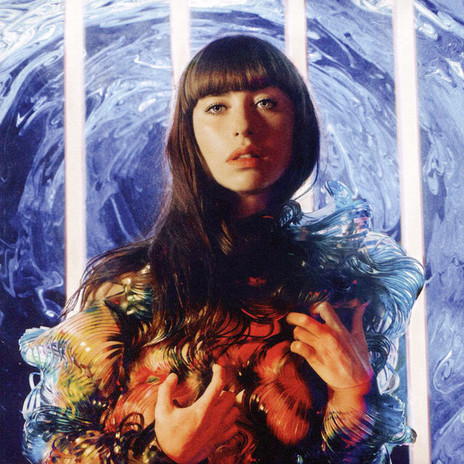
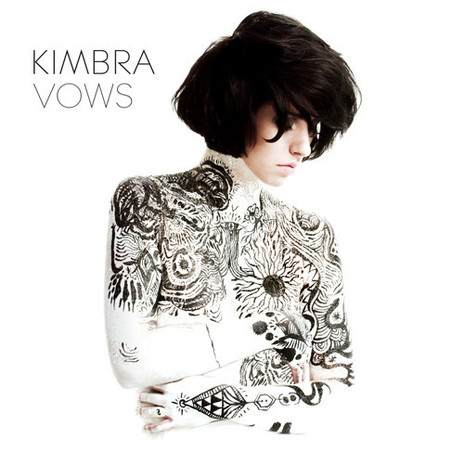
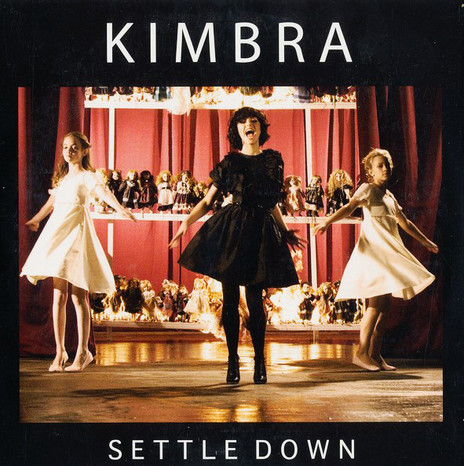


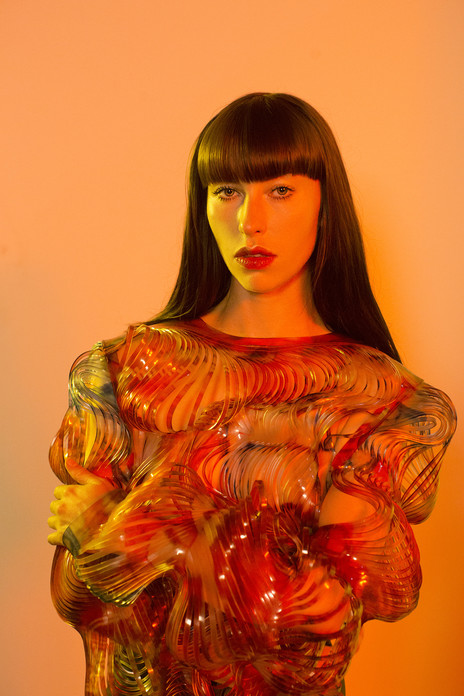
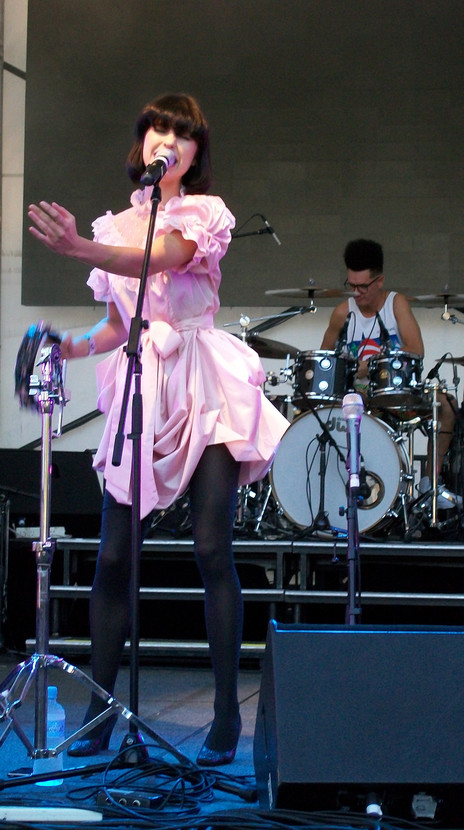

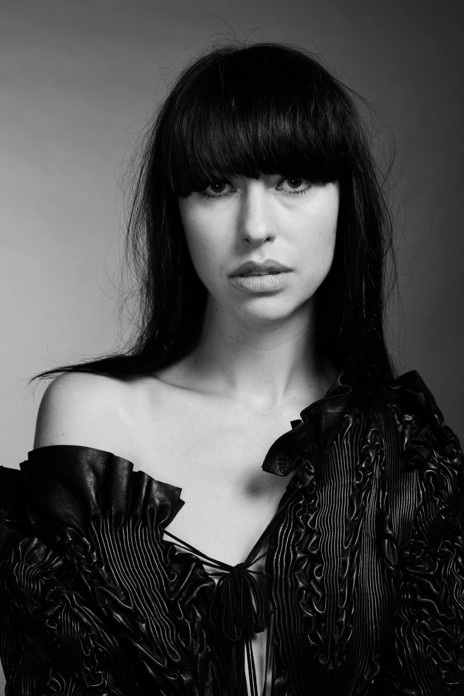
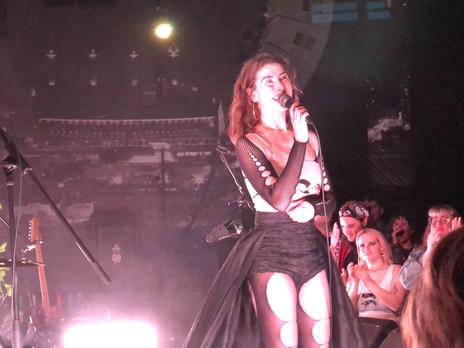
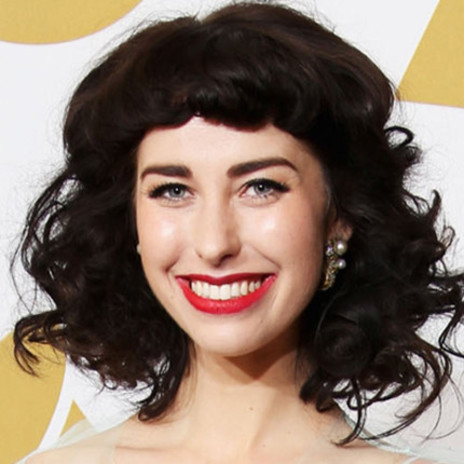

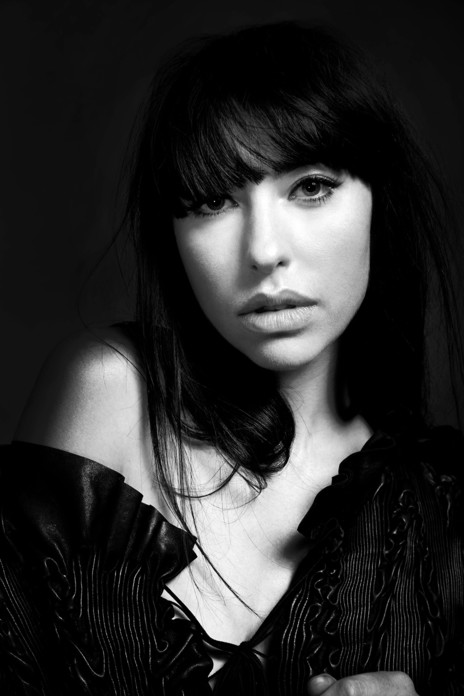
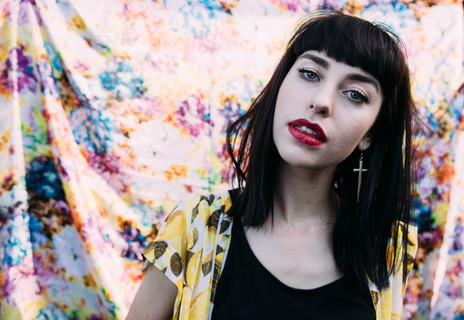
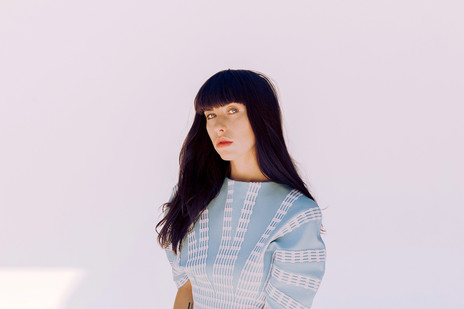

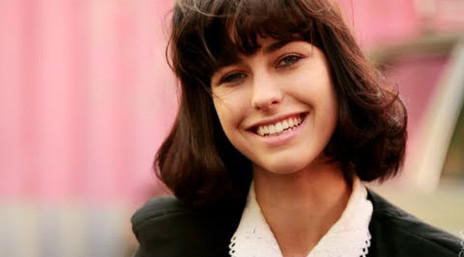
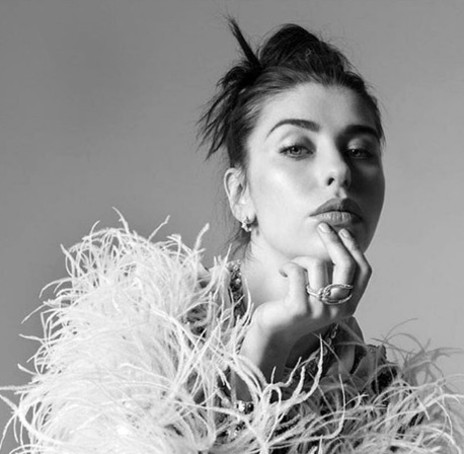
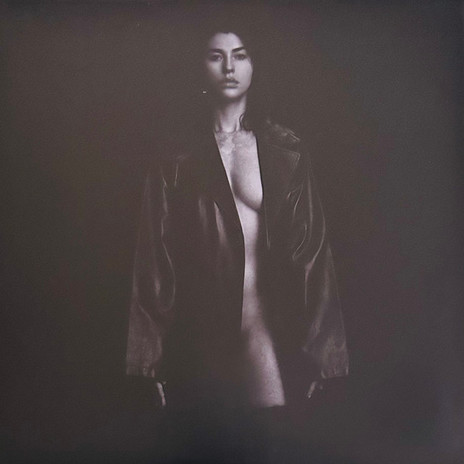
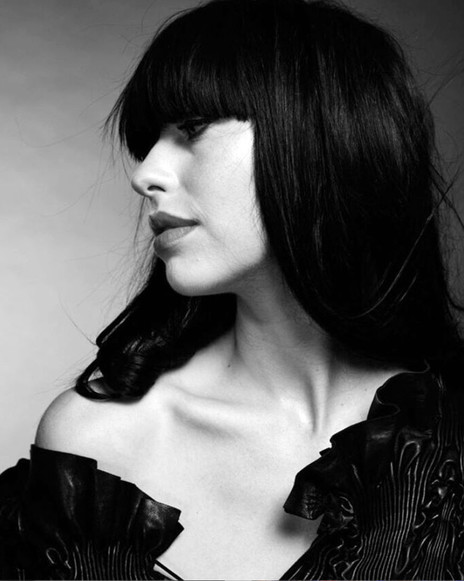
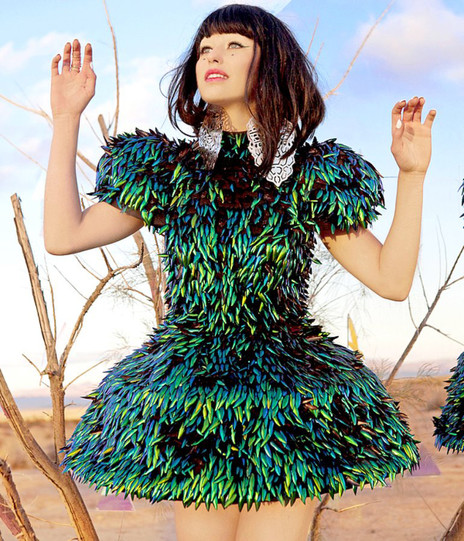
Kimbra’s career was also boosted early on by having her songs synched for use on television and in other media. In 2012, her song ‘Good Intent’ appeared on hit show Grey’s Anatomy (the same song was also used for the The Sims 3 PlayStation game and she re-recorded the vocals in “Simlish” for it). Later that same year, ‘With My Hands’ appeared in Tim Burton movie, Frankenweenie.
Warner Music
Forum 5
Visit our sister site
NZ On ScreenMade with funding from
NZ On Air






